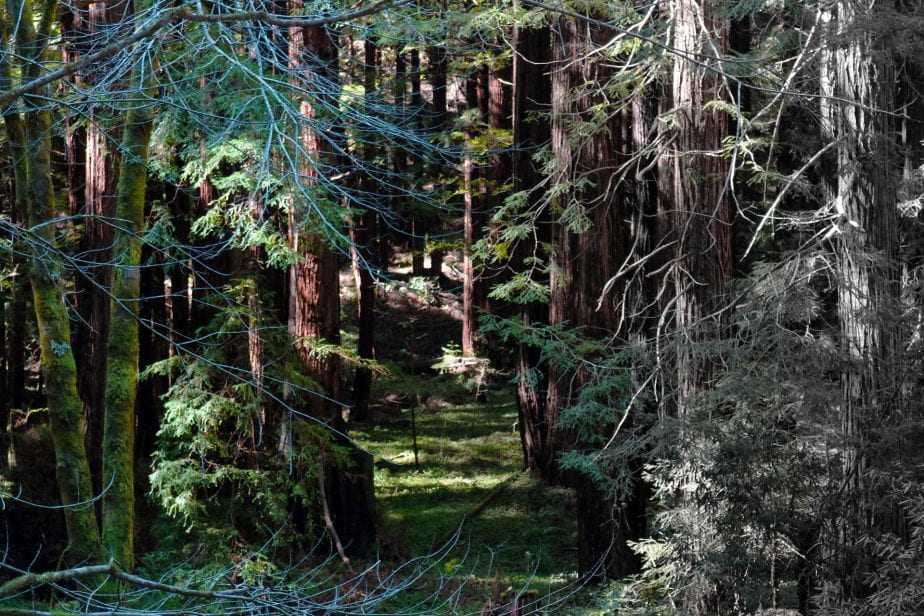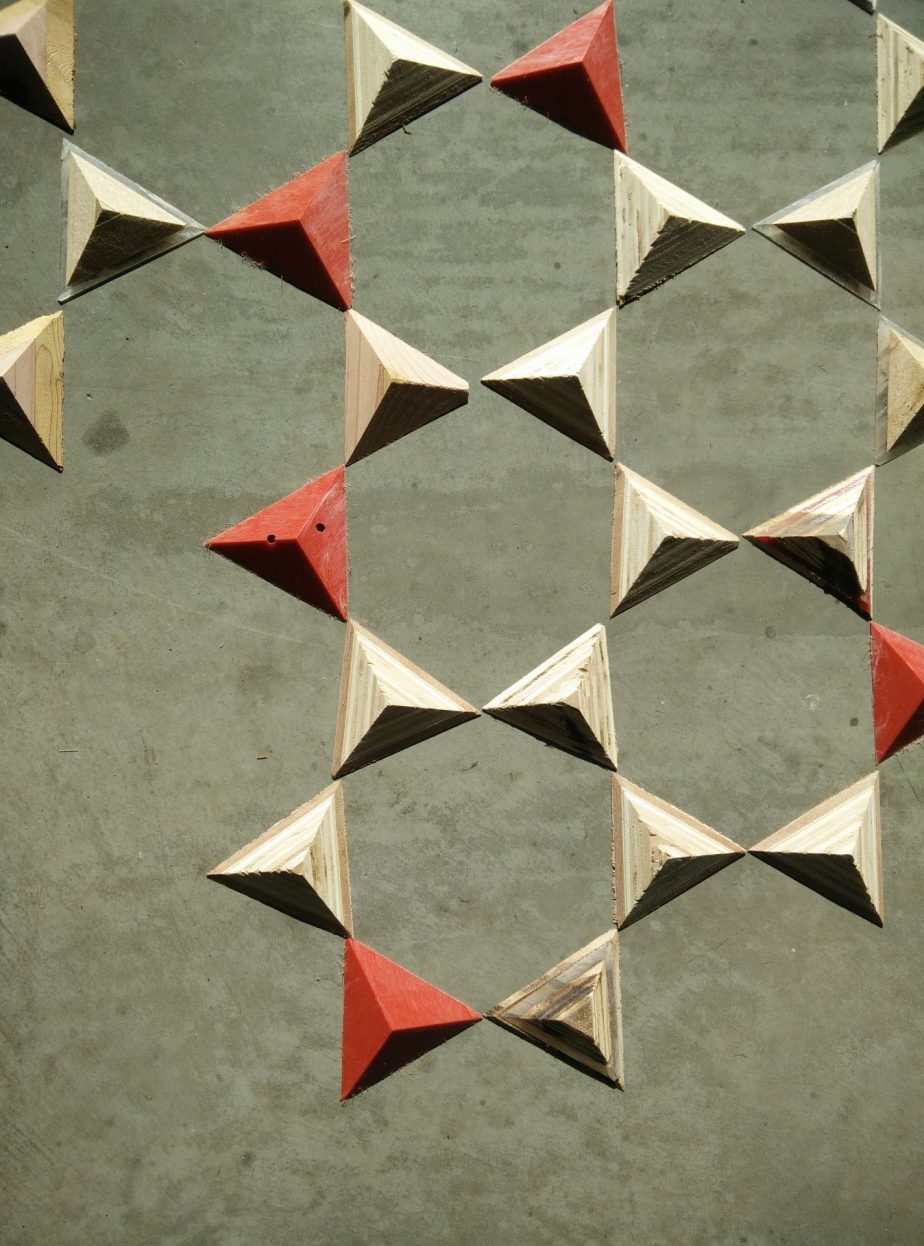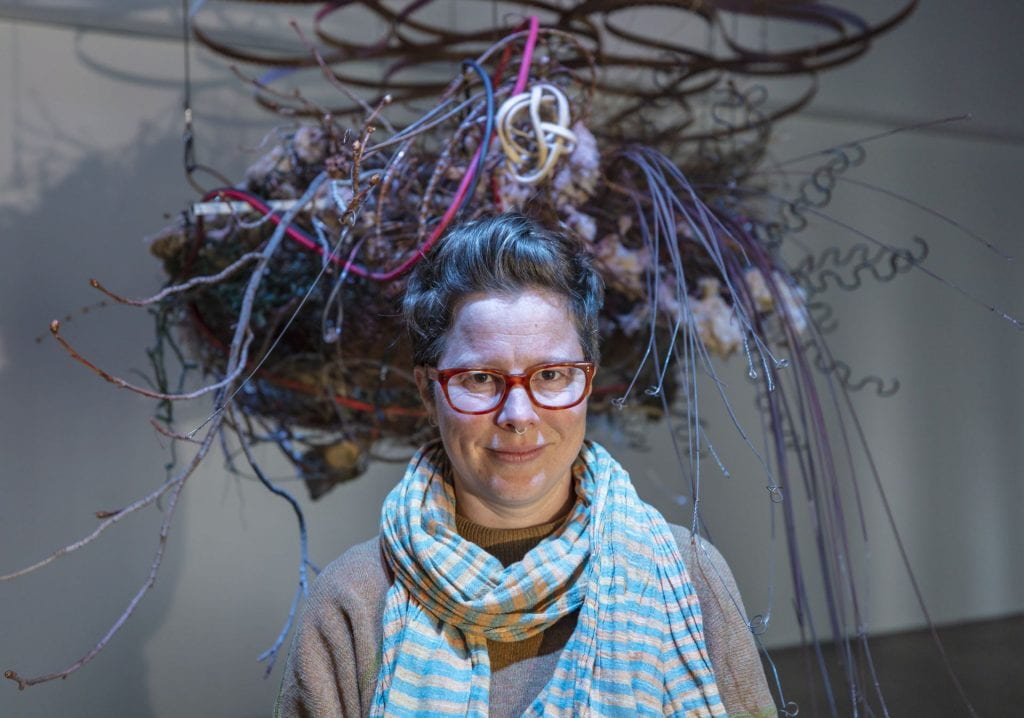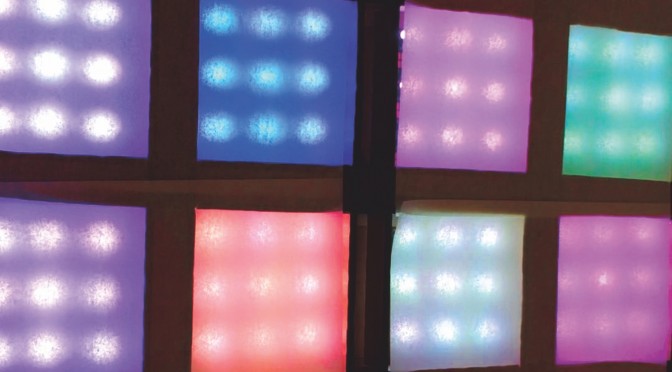Edges of Color
Edges of Color is a series of individually programmed pieces on an 8’ square, 16×16 grid of separately controlled and colored LEDs swatches. Reminiscent of the color swatch paintings of Gerhard Richter or the spot paintings of Damian Hirst, it treats light as the material for display instead of paint. The pieces shown in the color pixel array explore the boundaries of what is possible in a rule-bound, constrained system, reflecting and criticizing notions of creativity, innovation, and conformism as they exist in Silicon Valley culture and the processes of science and technology today.
David Harris is an artist, designer, journalist, and physicist based in Silicon Valley, California. His work spans a variety of media from the digital screen to immersive sculptural installations, with interactive objects in between. His art speaks to the inherent conservatism of the scientific process. Pieces of his art have been shown at the California Academy of Sciences, Maker Faire Bay Area, Santa Cruz Museum of Art and History, and featured in Make magazine. His journalism has appeared in Scientific American, Popular Science, Nature, New Scientist, and many other international magazines. Visit David’s website at http://www.sciartica.net/




















